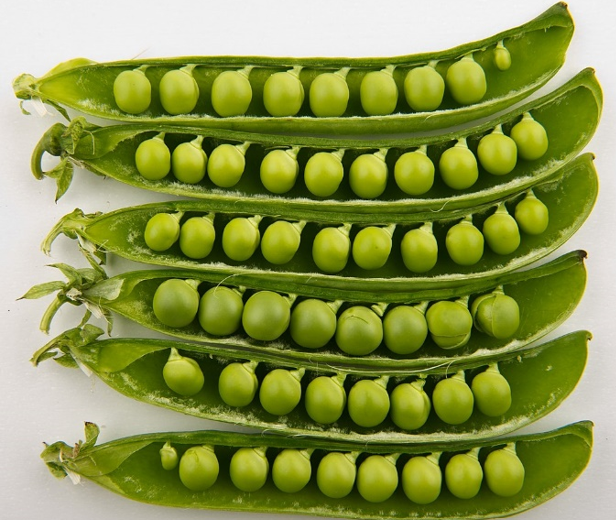
Sunny spring offers the joy of blossoms and fresh greens. This is also an intensive period of decision-making for every gardener: what to grow, where to seed, or is there enough seeds?
Tom and Ana decided to plant sweet peas in their backyard field. They have already bought a kilogram of seeds, but neither is sure if it will be enough. Neither of the two young gardeners is eager to count all the seeds, so they discuss the easiest and the most precise method to know the exact number of peas.
Ana suggested using the biological “capture-mark-recapture” way of estimating the number of individuals in the population:
Grab a cupful of seeds, mark them with a marker, pour back and mix well with all the remaining seeds. Take a new cup full of peas, count each of them, and find the fraction of marked seeds in this cup. This fraction should be equal to the fraction of the counted number of seeds in this cup to the total number of peas.
Tom suggested using the “average mass” approach:
Weigh a number (ten, twenty or a cupful) of peas, divide the total mass by the counted number of weighted seeds to find the average mass of pea seed. Then divide the total mass of the bought seeds by this number to obtain the number of peas.
Surely there are other ways to count the seeds with more precision and/or convenience! Suggest one!
This Worksheet is part of the Quartely Problem Series. For more quartely problems and other classroom materials, click here.
Picture Source: wikipedia.org // Bill Ebbesen
CC-BY-NC-SA 4.0 licence granted
Content-related competences
